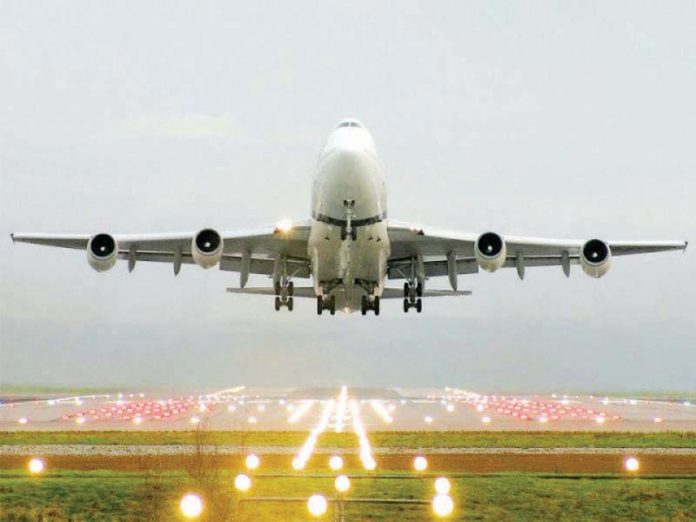By Muhammad Luqman
Five new airlines are planning to enter into Pakistan’s aviation industry during next one year in the latest sign of intensifying competition in the backdrop of an open skies policy, promising decrease in the air fares in this South Asian country.
Askari Air, Air Siyal, Go Green, Liberty Air and Afeef Zara Airways are going to enter Pakistan’s air space to take a slice of the growing air travel market.
According to aviation sector experts, air traffic of the country has swelled 40% over the past five years to 20 million passengers.
The current rate of growth in Pakistan’s aviation industry is expected to be around 9% per annum which could continue till 2020, according to a forecast of the International Air Transport Association (IATA) – a trade body of world’s airlines.
These numbers show that the open skies policy has proved favourable for the country and its people.
Most of the upcoming carriers will target low-profit, far-off destinations in the western and northern Pakistan destinations like Gwadar, Turbat, Panjgur, Khuzdar, Dalbandin, Zhob, Rawalakot, Skardu, Chitral, Gilgit, Bannu, Parachinar and Muzaffarabad.
Of these, Gwadar, Gilgit-Baltistan and Turbat could generate immediate profits because of their tourism potential and work on China-Pakistan Economic Corridor (CPEC) projects.
For these remote regions, the new carriers will bring airplanes suitable for small airports.
National flag carrier PIA has so far been the only carrier on these routes . PIA, which once helped Emirates airline of the UAE by giving two aircraft with crew, is now beset with financial trouble with losses going beyond Rs300 billion.
Pakistan’s domestic air traffic has grown 10%, which is six percentage points higher than the 4% expansion in international air traffic.
Even at a time when Pakistan’s market size is increasing, the share of domestic airlines is contracting. They carried 42% of the passengers in financial year 2016-17 as opposed to the 58% flown by international airlines.
Private airlines, especially foreign carriers, have mainly resorted to price cuts, instead of going more towards customer satisfaction in terms of comfort and improved services, PIA officials claim.
UAE’s Emirates and Etihad Airways as well as Qatar Airways among other Gulf carriers are giving a tough time to Pakistan’s domestic airlines, which believe it is hard to compete with these foreign carriers since they are state-funded or operated.
At least, six foreign airlines are flying to Multan. Now, local businessmen do not need to travel to other cities to take a flight and perishable goods are easily exported.
PIA, which once had 48 aircraft in its fleet, saw the number shrink to only 18 later. Now again, the fleet has gone up to 35.
Shaheen Air and airblue have about 22 aircraft each, but they have only about 2,000 staff members compared to PIA’s more than 15,000.
PIA has a ratio of 450 employees per aircraft while Emirates has 150 employees per aircraft. “Who is going to win; so the open skies policy is the need of the hour.
Thailand, Turkey, Malaysia and Dubai have a combined population of 250 million and have more than 1,000 aircraft in total while Pakistan has a populace of around 210 million, but its airlines have a total fleet of only about 80 aircraft.















